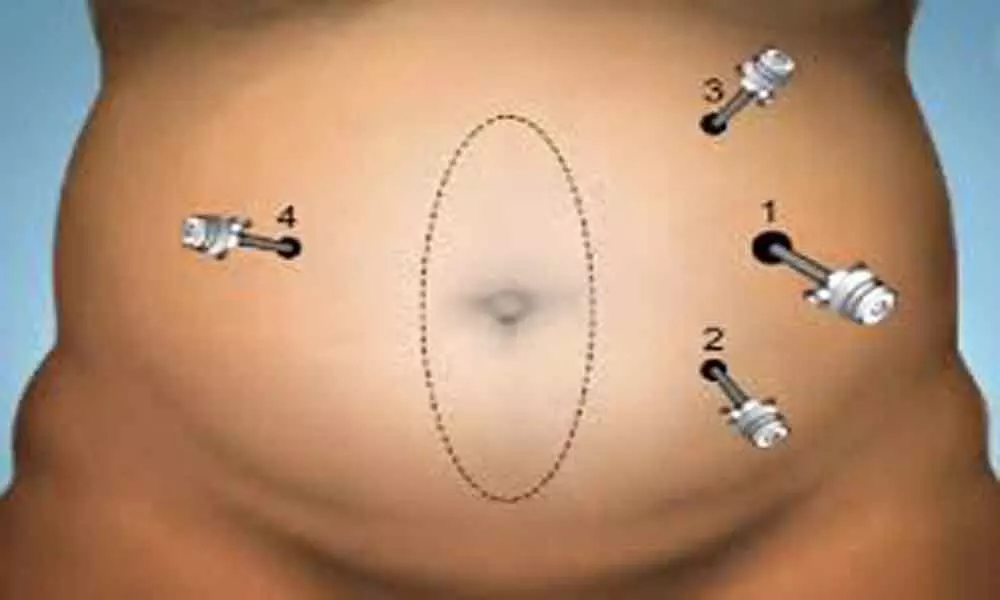Live
- JSP candidate Tangella files nomination papers
- And now for the people’s verdict…
- Key leaders of the Bharatiya Janata Party meet with TDP Chief Nara Chandrababu Naidu
- Apple Unveils OpenELM AI Models for On-Device Tasks: Details
- Actress Sahithi Dasari steps into politics, contesting as an independent candidate from Chevella Constituency
- Vijayawada: 58 nominations filed in NTR district
- Prabhas Donates Rs 35 Lakh to Support Telugu Film Directors Association
- Rashmika Mandanna Joins Dhanush and Nagarjuna in the Shoot for 'Kubera’
- Alliance Victory in Tanuku Constituency Marks Turning Point for Development," TDP
- YSRCP Minister Viddala Rajini Promises Development in Guntur West









